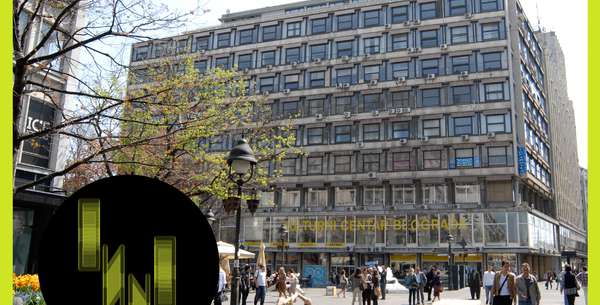Idea by
Dea Widya
Call for ideas 2021
Anima Locus
Anima Locus
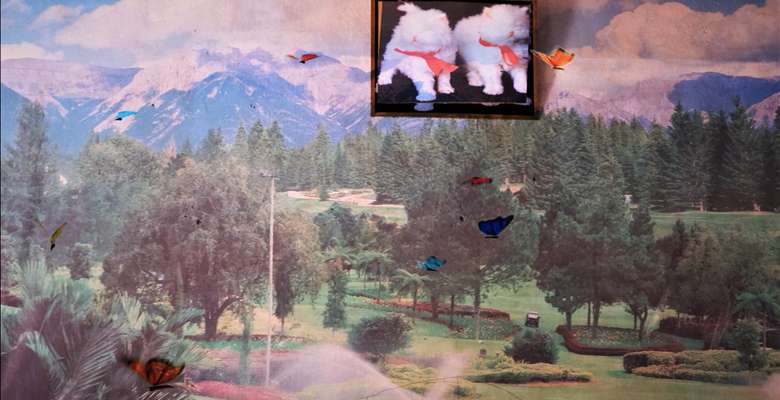
- Site-specific cases
Architecture is performed as an imprint of memory. It becomes a silent witness of the discrepancy between the real - imagined space.
The moving image focused on investigating an architectural imprint enables to reveals the spirit of place through images. The animated architectural features, such relief, painting, ornaments, door, window found in locals house, monument and sacred sites offers a collage of narrative, narrated based on a local story, a residue of cosmological belief. It encompassed the rational and irrational: an animistic belief within the modern body. Architecture can be seen as simulacra: an artificial totem to their surrounding.
The project investigates a discrepancy, between modern architecture and indigenous knowledge, which form a precarious improvisation within place-making in socio practices. Investigating a spirit of place, open a possibility toward non-Anthropocene perspective an attempt to de-colonialize architecture.
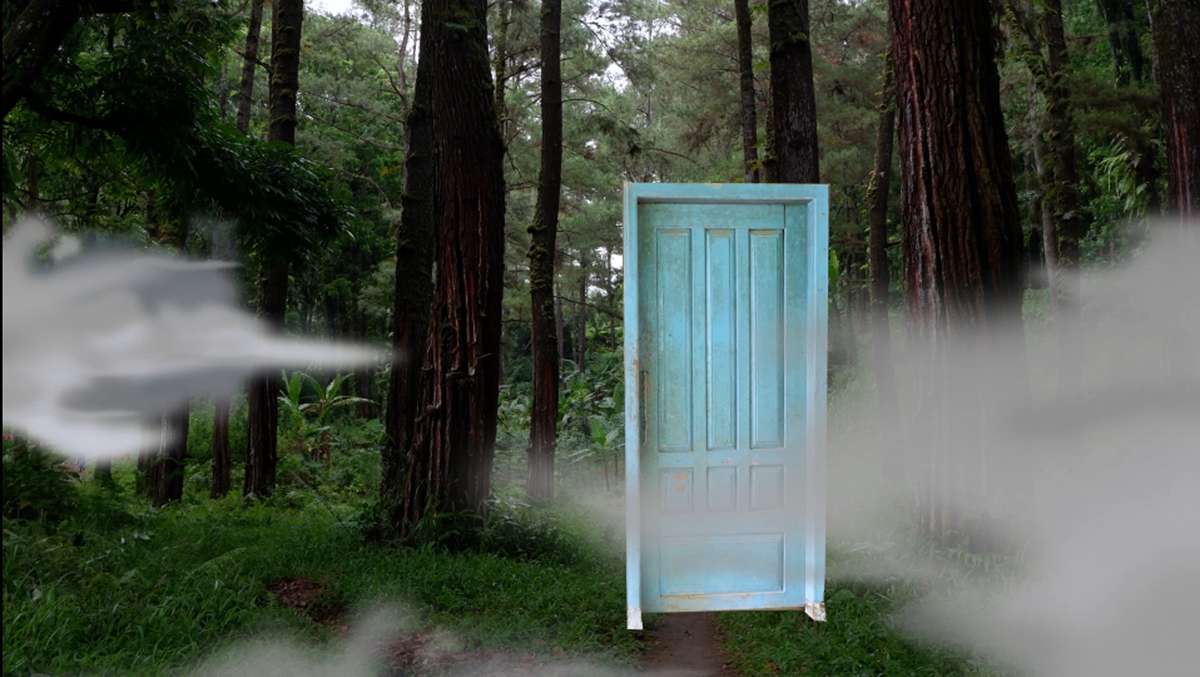
The pine forest has become a sacred site of the villages. It is to be a belief as a place where the ancestor is reside.
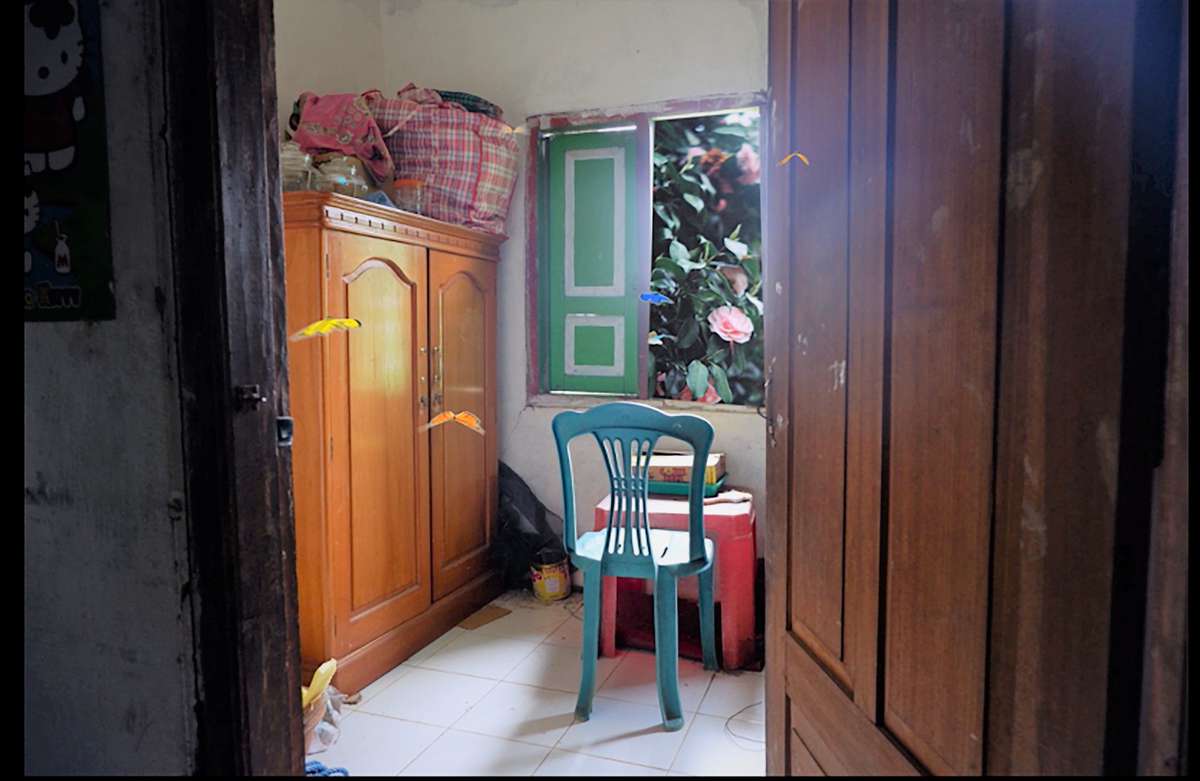
The window is the threshold. A space in between real-imagined. This room is the priest's private space, where he keeps many of his animistic totems.
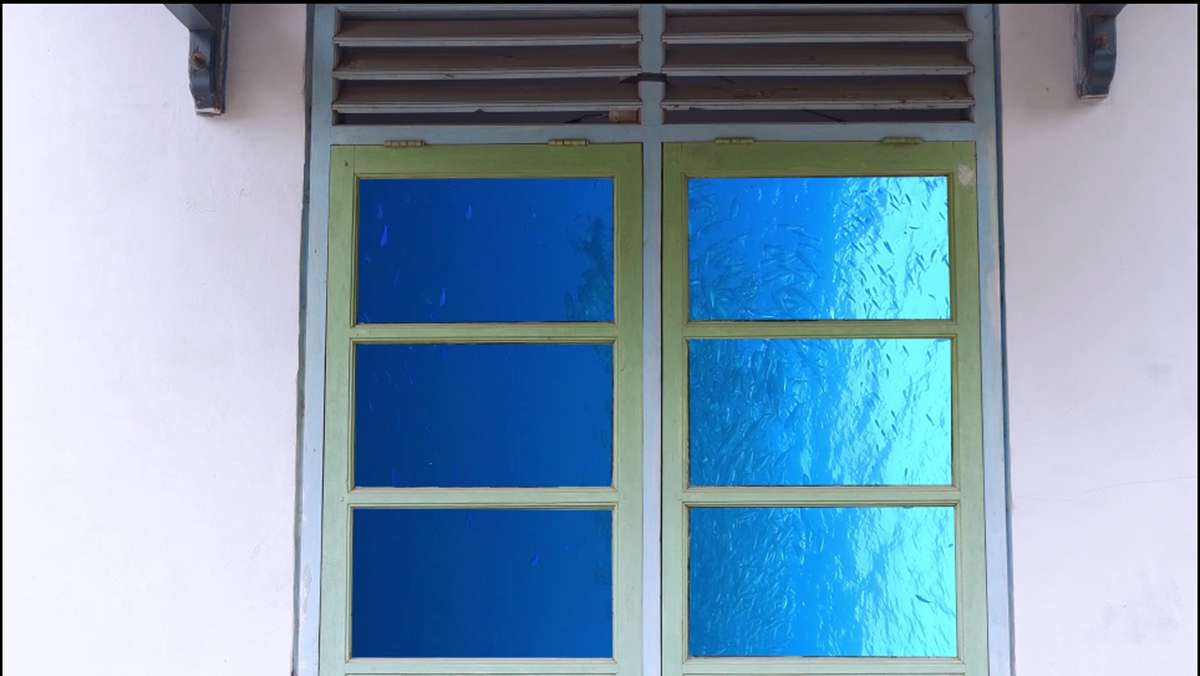
The water is believed to be a liminal space between the physical and metaphysical world. The window is the threshold.
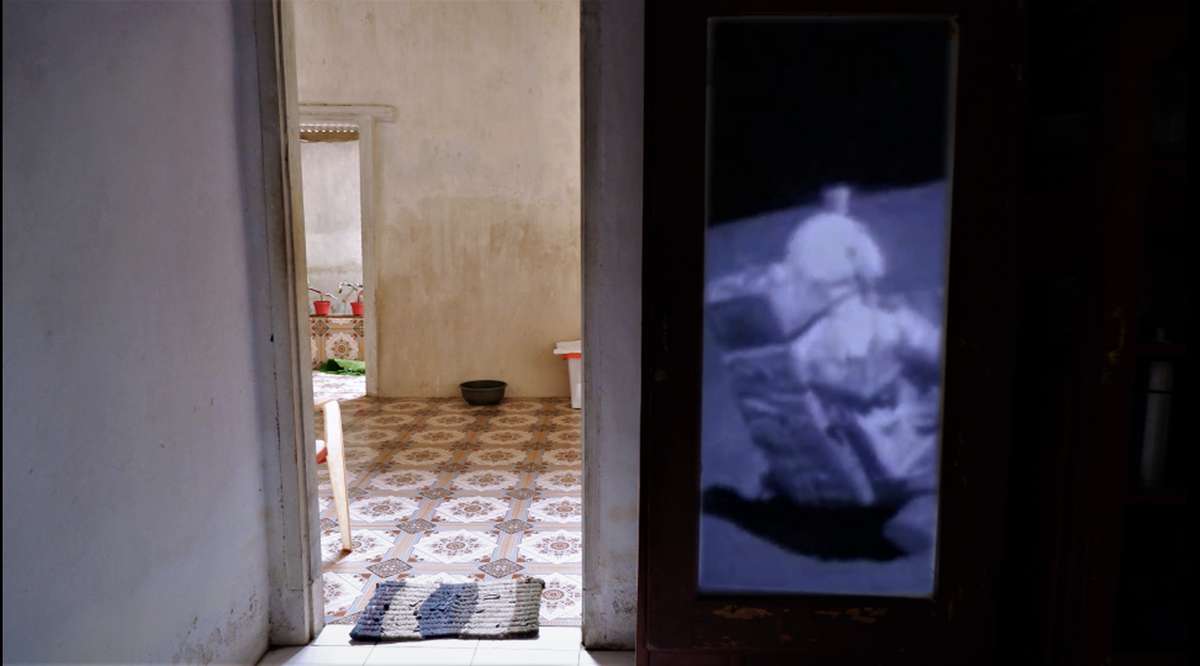
The kitchen and the mirror cabinet describes the space in-between. There is no rigid boundary of private-public within the house layout.
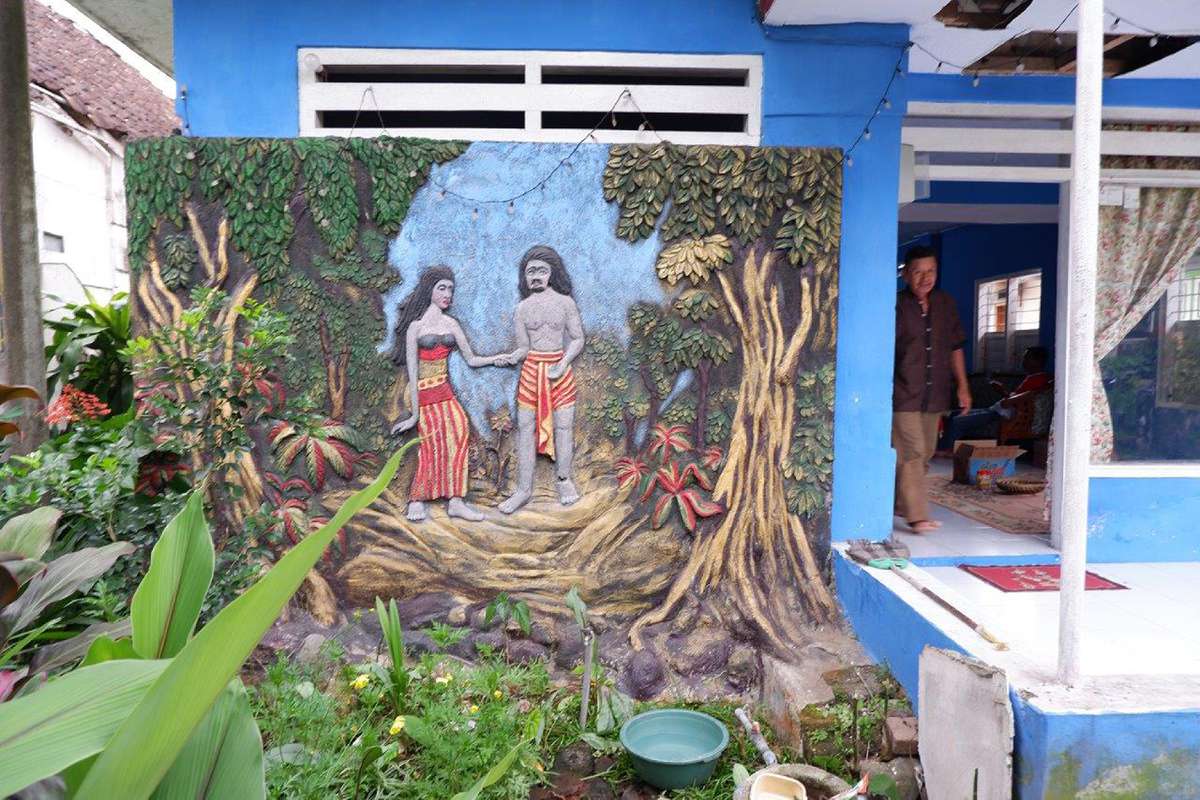
The house facade, decorated by relief about local myth and folktale. Thes prototypr facade resonates with the collective memory, enlivened through myth, superstitions and local belief.
Anima Locus
Anima Locus

- Site-specific cases
Architecture is performed as an imprint of memory. It becomes a silent witness of the discrepancy between the real - imagined space.
The moving image focused on investigating an architectural imprint enables to reveals the spirit of place through images. The animated architectural features, such relief, painting, ornaments, door, window found in locals house, monument and sacred sites offers a collage of narrative, narrated based on a local story, a residue of cosmological belief. It encompassed the rational and irrational: an animistic belief within the modern body. Architecture can be seen as simulacra: an artificial totem to their surrounding.
The project investigates a discrepancy, between modern architecture and indigenous knowledge, which form a precarious improvisation within place-making in socio practices. Investigating a spirit of place, open a possibility toward non-Anthropocene perspective an attempt to de-colonialize architecture.
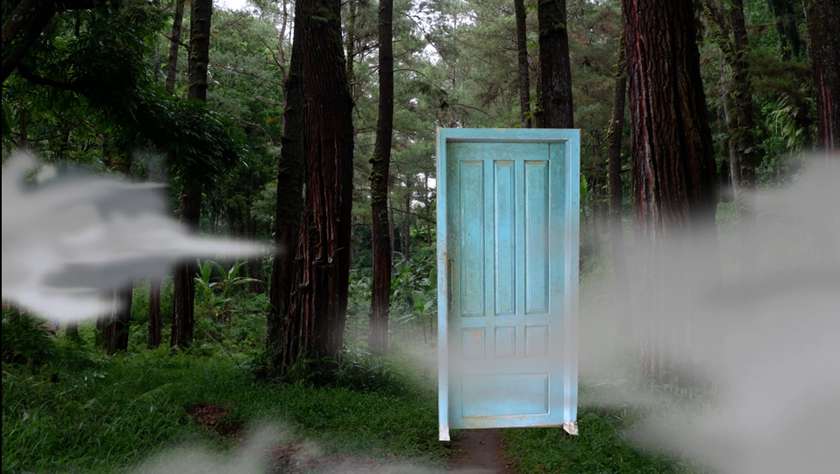
The pine forest has become a sacred site of the villages. It is to be a belief as a place where the ancestor is reside.
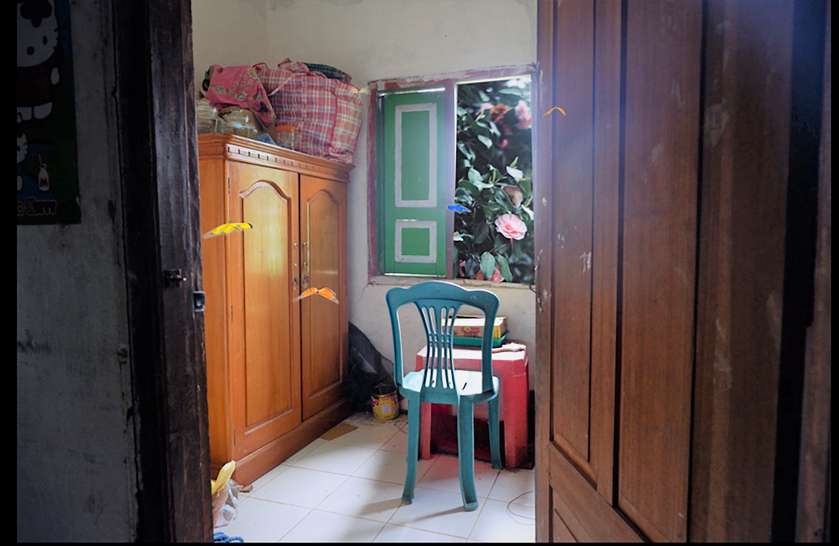
The window is the threshold. A space in between real-imagined. This room is the priest's private space, where he keeps many of his animistic totems.
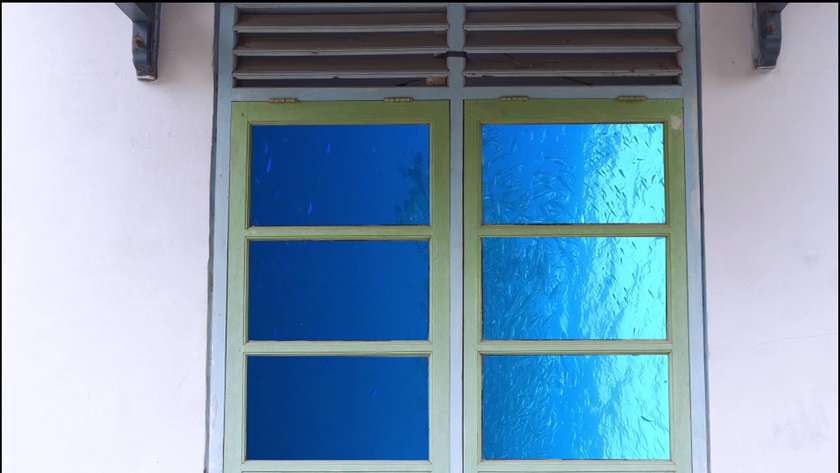
The water is believed to be a liminal space between the physical and metaphysical world. The window is the threshold.
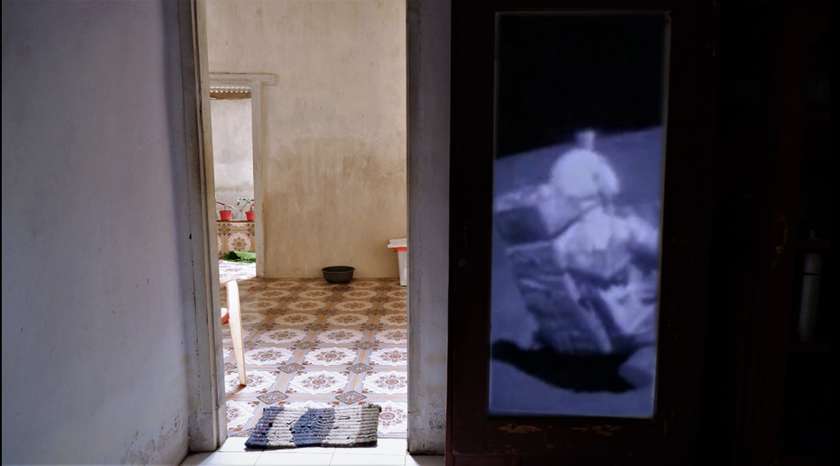
The kitchen and the mirror cabinet describes the space in-between. There is no rigid boundary of private-public within the house layout.
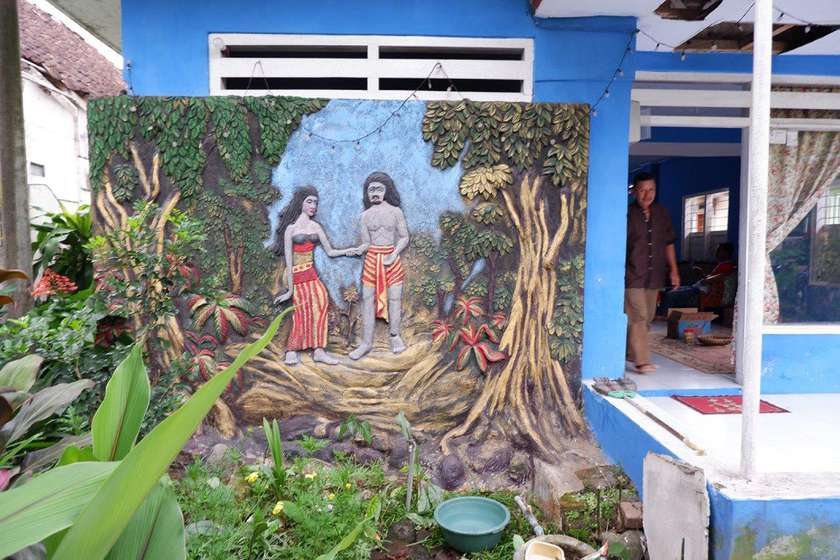
The house facade, decorated by relief about local myth and folktale. Thes prototypr facade resonates with the collective memory, enlivened through myth, superstitions and local belief.
